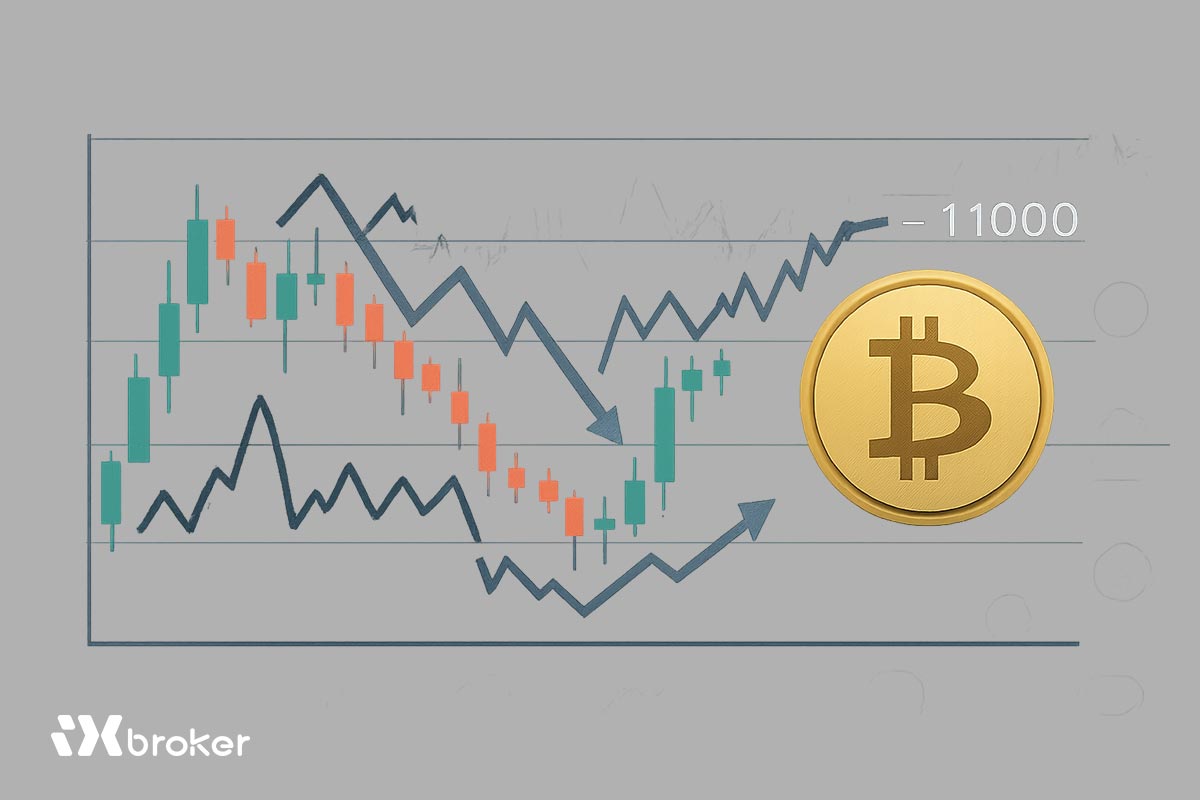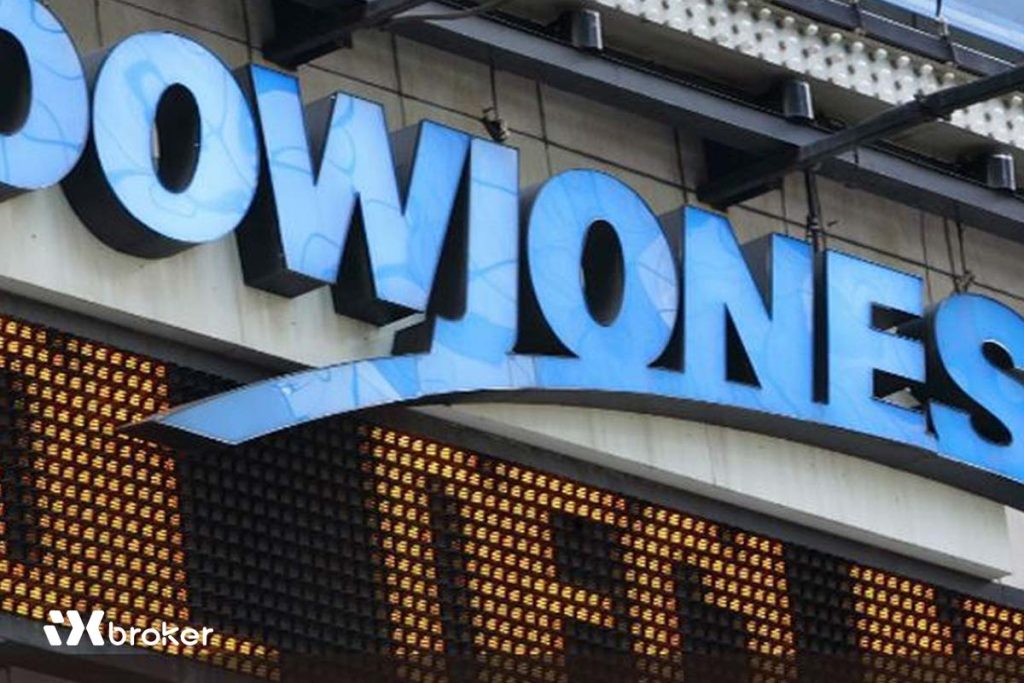Bitcoin (BTC) extended its decline this week, slipping below $110,000 on Friday after a sharp sell-off that wiped more than 10% off its August record high. The world’s largest cryptocurrency has faced over $1.8 billion in liquidations, predominantly from long positions, leaving traders cautious as spot demand remains neutral and perpetual futures sentiment turns fragile.
BTC declines despite dovish Powell remarks
Bitcoin dropped more than 13% from its August 14 peak of $124,474 to a weekly low of $108,666. The correction came in spite of dovish comments from Federal Reserve (Fed) Chair Jerome Powell at the Jackson Hole symposium, where he outlined a shift toward flexible inflation targeting and a “balanced approach” in policy decisions.
The sell-off triggered a wave of liquidations, with CoinGlass data showing $1.8 billion erased across crypto markets, more than 74% from long positions. BTC alone saw over $544 million in liquidations, including a $39 million single wipeout on Huobi exchange (HTX).
Macro backdrop and Fed outlook
Risk sentiment found some support mid-week as stronger US data helped Bitcoin stabilize near $110,000. Revised second-quarter GDP came in at 3.3% versus 3.1% prior, while weekly jobless claims dipped to 229,000. Traders now await the July core Personal Consumption Expenditures (PCE) Price Index—the Fed’s preferred inflation gauge—due later this week, which could determine whether risk assets, including BTC, extend recovery or face renewed pressure.
Institutional flows and corporate demand
Despite price volatility, institutional appetite for Bitcoin has shown signs of resilience. Spot Bitcoin ETFs recorded $567 million in net inflows this week, reversing last week’s $1.17 billion outflow. Corporate treasuries also capitalized on the dip: firms such as Metaplanet and Strategy acquired a combined 3,184 BTC earlier this week. Sustained inflows at these levels could lay the foundation for a near-term recovery.
Political backdrop: American Bitcoin eyes Nasdaq
American Bitcoin, a mining firm backed by two of former US President Donald Trump’s sons, has secured investor backing to merge with Gryphon Digital Mining and list on Nasdaq in early September. CEO Asher Genoot noted the merger provides stronger financing options than a direct IPO. The announcement coincided with the Bitcoin Asia conference in Hong Kong, highlighting the cryptocurrency’s rising prominence in Asia.
On-chain and derivatives outlook
Glassnode data show BTC spot demand has normalized, with the 30-day cumulative volume delta converging to its 180-day median, signaling neutral sentiment compared to the strong buying pressure earlier this year. On the derivatives side, perpetual futures leaned bearish, with cumulative volume delta turning negative since July—an indication of growing short-side pressure.
Technical analysis: key levels in focus
On the weekly chart, BTC has declined for three consecutive weeks, now trading below support at $111,980. The Relative Strength Index (RSI) stands at 54 and trending lower, while the Moving Average Convergence Divergence (MACD) shows a bearish crossover, suggesting early signs of a downtrend. A deeper pullback could expose support at $104,463.
On the daily chart, BTC trades below its 100-day Exponential Moving Average (EMA) at $110,849. If it closes below this level, the decline could extend toward the 200-day EMA at $103,974. RSI on the daily chart sits at 39, pointing to firm bearish momentum. On the upside, reclaiming the 100-day EMA could open a path toward resistance at $116,000.
September outlook
Historically, September has been a weak month for Bitcoin, with an average return of –3.77%. However, a Fed rate cut in September combined with sustained ETF inflows and corporate accumulation could provide the catalysts for a recovery. For now, BTC remains under pressure, with price action consolidating below $110,000 and technical signals pointing to further caution.



